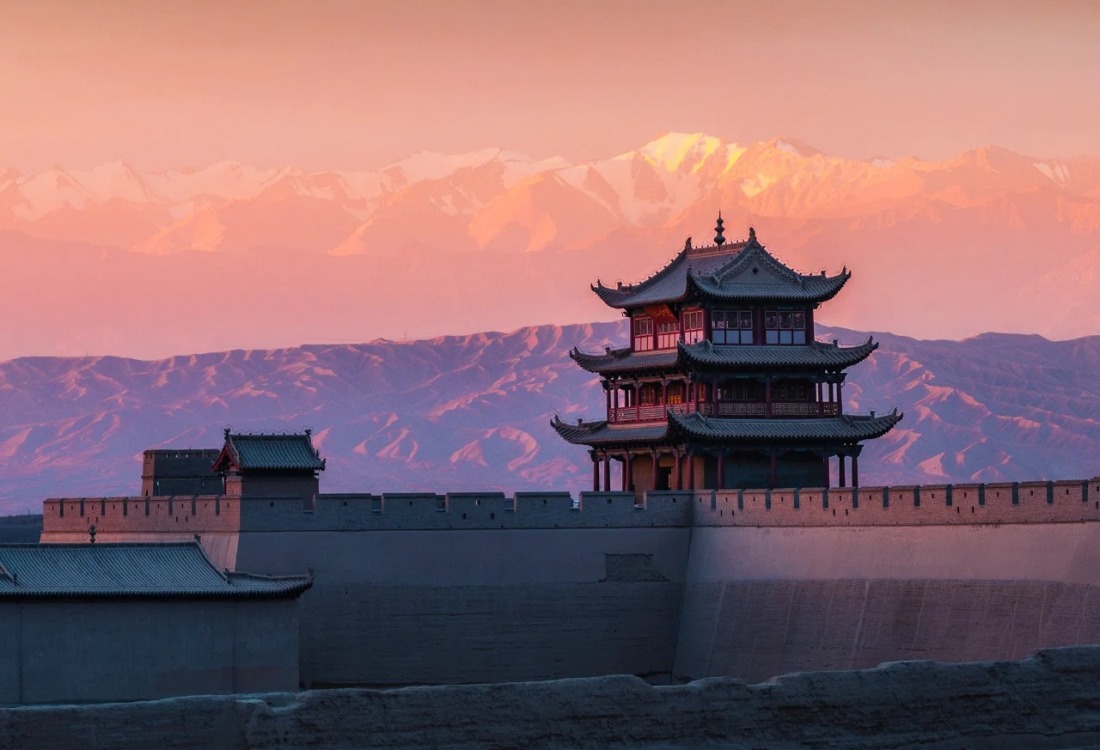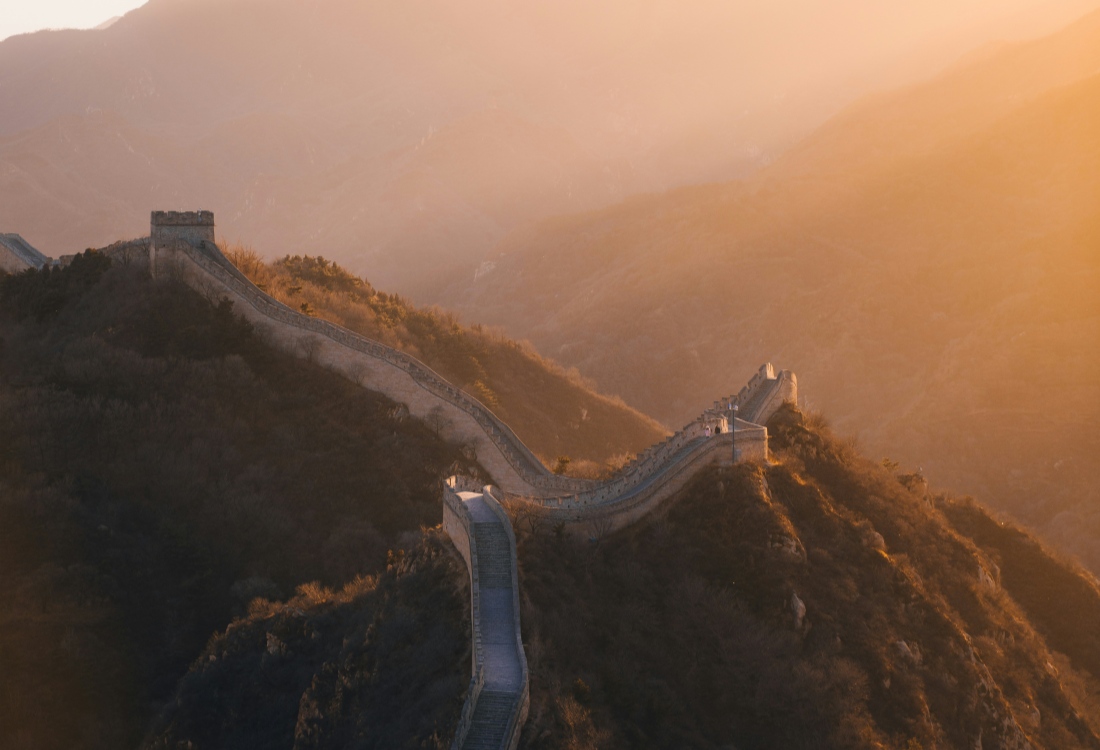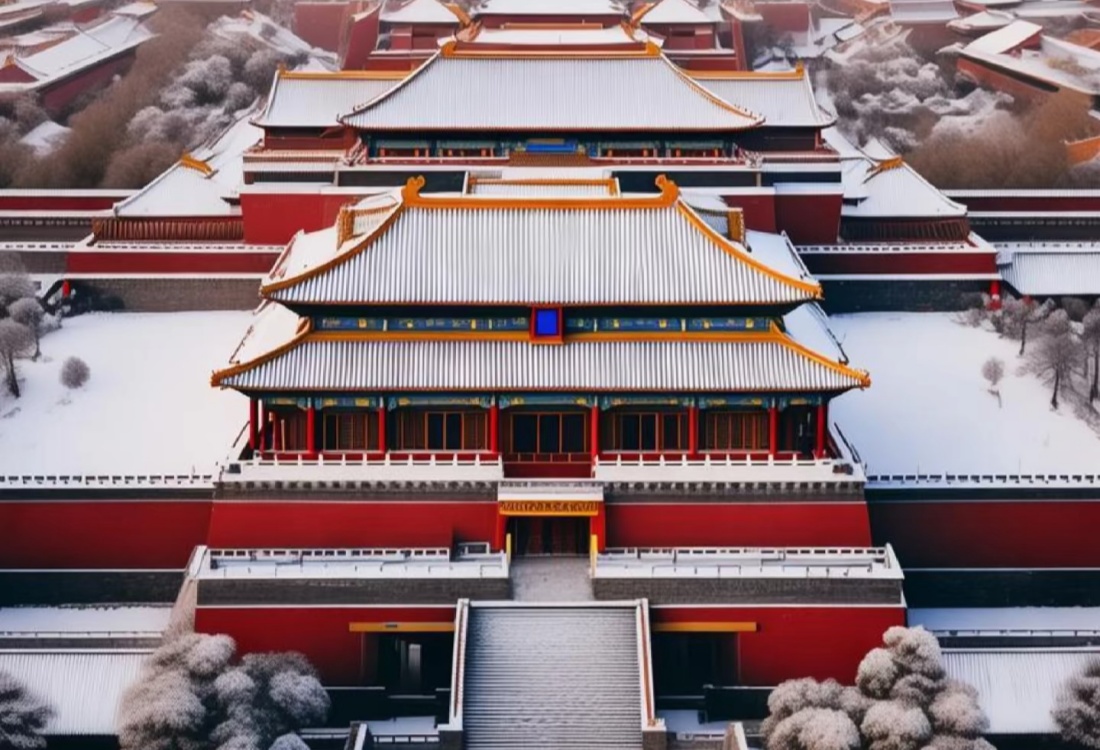Table of Contents
ToggleJiayuguan Fort, located in the Gansu Province of China, is one of the most iconic landmarks along the ancient Silk Road. This historical fort marks the westernmost point of the Great Wall of China and offers a fascinating glimpse into the past. The fort’s architecture, its military significance, and its role in the history of the Silk Road make it a must-visit destination for history and culture enthusiasts.
The Historical Significance of Jiayuguan Fort
Built in the 14th century during the Ming Dynasty, Jiayuguan Fort was constructed to protect China from invaders from the west. It was a key military stronghold along the Silk Road, strategically positioned to control the flow of goods, people, and ideas between the East and West.
Defensive Structure
The fort was designed as a formidable defence system. Its massive walls, high towers, and narrow passageways were intended to keep invaders at bay. The fort’s location at the foot of the Qilian Mountains added to its natural defensive advantages.
Strategic Location
Jiayuguan was located at a critical juncture, where the ancient trade routes converged. This made it an essential outpost for the protection of the Silk Road and the safe passage of merchants, travellers, and goods.
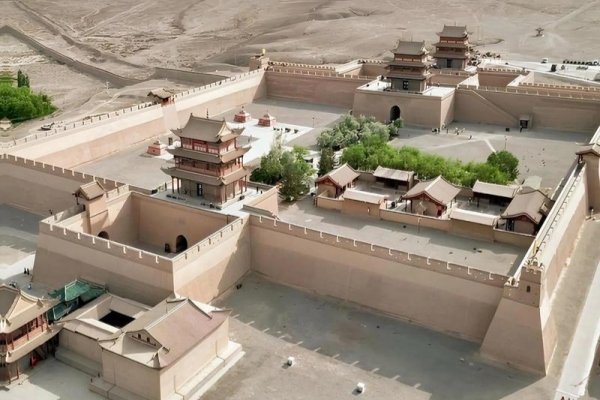
Architectural Features
The architecture of Jiayuguan Fort is a perfect example of traditional Chinese military construction. The fort is divided into several sections, each with its own purpose and function.
Main Gate
The main entrance of the fort is a massive structure with two towering gates. This is where visitors enter the fort and get their first glimpse of the impressive scale of the building.
Watchtowers
Strategically placed watchtowers offer spectacular views of the surrounding desert and mountains. These towers were used to spot any approaching enemies and to send early warnings to the fort’s defenders.
Defensive Walls
The fort’s high defensive walls are made of thick, sun-baked clay. These walls were not only a physical barrier but also symbolised the strength and resilience of the people who lived and fought here.
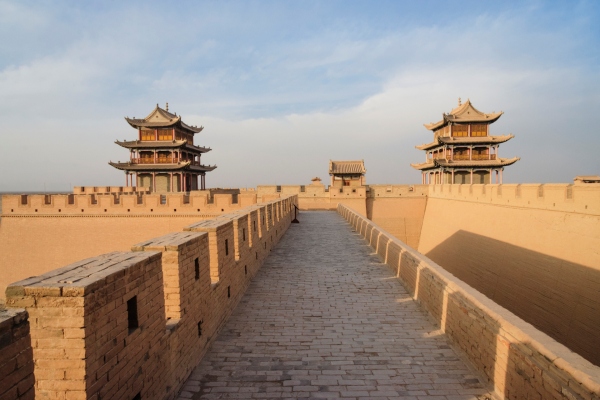
The Role of Jiayuguan Fort in the Silk Road
Jiayuguan Fort played a crucial role in safeguarding the western end of the Silk Road. It was here that goods from Central Asia were protected and exchanged with China’s silk, spices, and porcelain. The fort was a symbol of the power of the Ming Dynasty and their control over the trade routes.
Trade Hub
As a key Silk Road outpost, Jiayuguan allowed merchants to trade safely and efficiently. The fort was a melting pot of cultures and ideas, where East met West.
Cultural Exchange
The fort’s location fostered cultural exchange. It allowed for the blending of art, religion, and knowledge, which left a lasting legacy in the region.
Visiting Jiayuguan Fort Today
Today, Jiayuguan Fort stands as a testament to China’s rich history. Visitors can explore its impressive architecture, wander through the watchtowers, and learn about its role in the Silk Road.
Museum
Inside the fort, there is a museum that displays artefacts from the Silk Road era. Visitors can learn more about the fort’s military history and the lives of those who once lived here.
Scenic Views
The surrounding desert landscape offers stunning views of the ancient structure against the backdrop of the Qilian Mountains. It’s a perfect spot for photography and reflection on the fort’s historical significance.
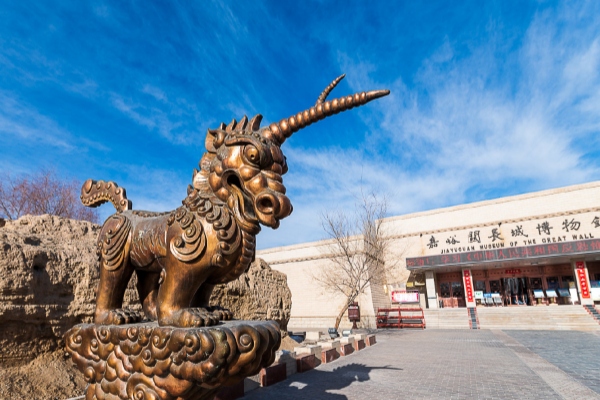
Jiayuguan Fort is a fascinating historical site that echoes with the stories of the past. Its role in the defence of China and the Silk Road cannot be overstated. Whether you’re interested in military history, architecture, or cultural exchange, Jiayuguan Fort offers a unique opportunity to connect with China’s ancient past. Visiting this historic landmark allows you to step back in time and experience the powerful legacy of one of China’s most important fortresses.

